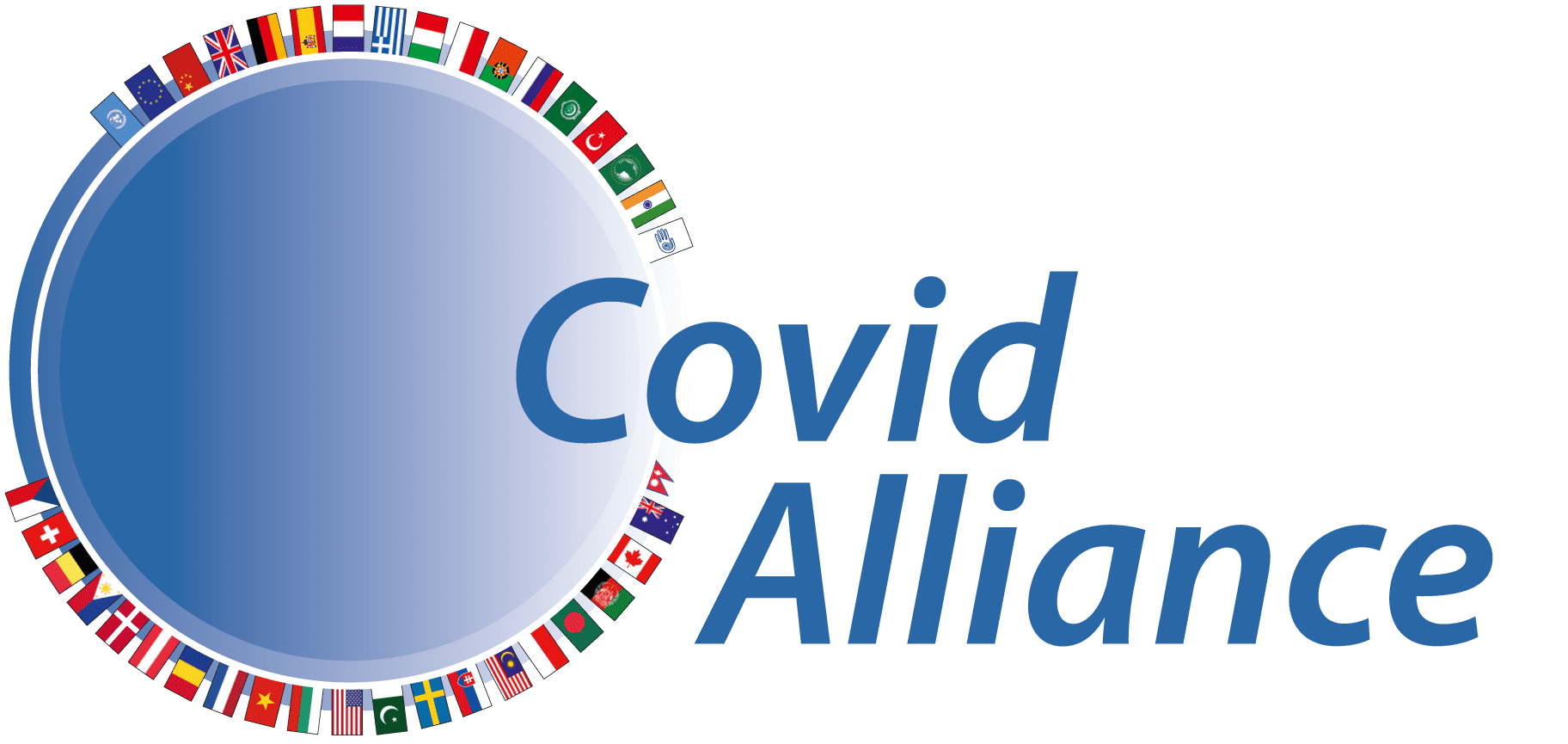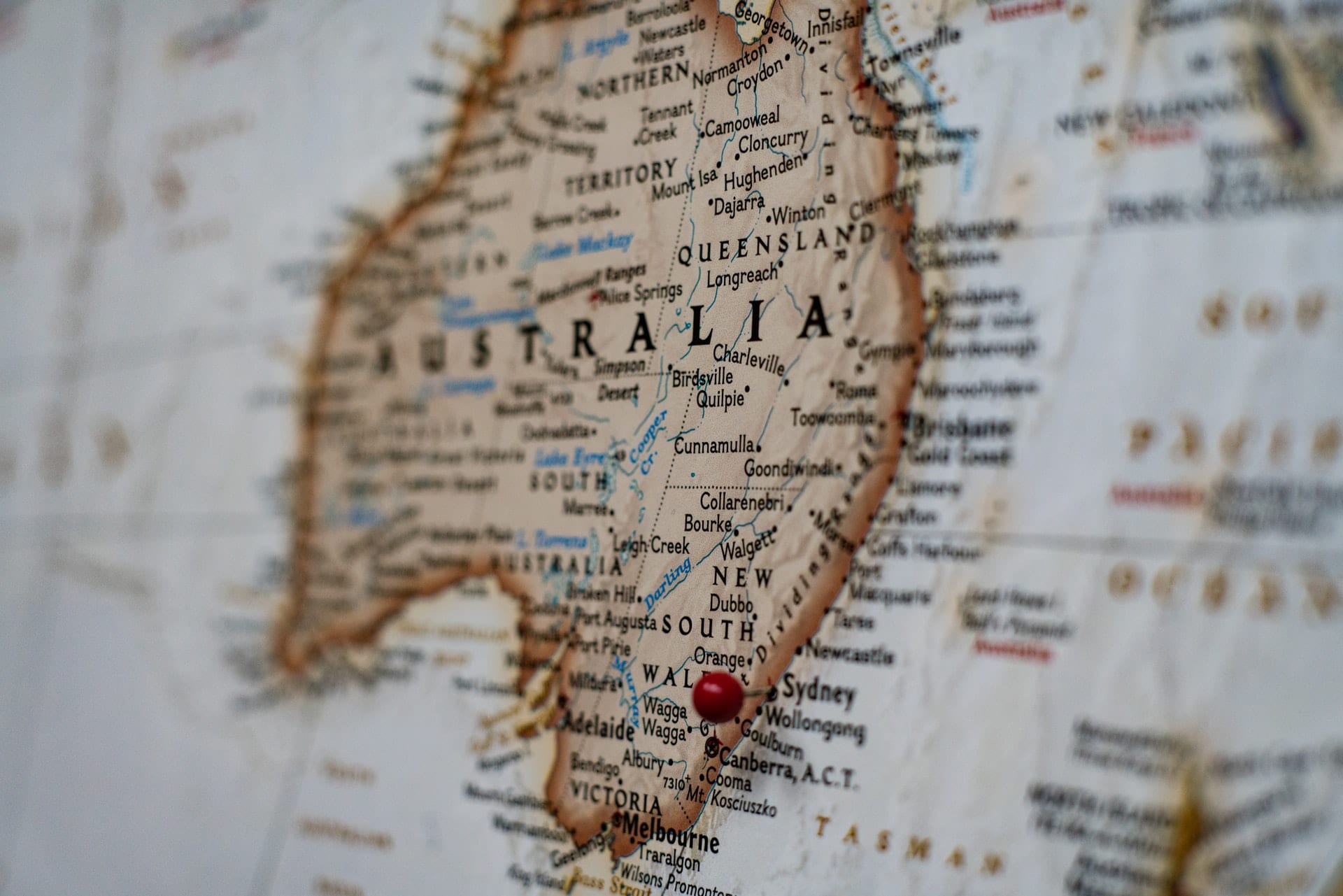Table of Contents
Version: 002
Date: 21/05/2020
Country Profile
Nepal is a landlocked country in South Asia. Its neighbours are India to the south and China to the north, with Bangladesh and Bhutan also close to its eastern border. It covers large mountainous regions of the Himalayas, including the earth’s highest peaks, and parts of Nepal are geographically isolated as a result.
The population of Nepal comprises over 125 casts/ethnicities. These can be grouped into: Bhramin/Chhetri , Janajati, Terai castes, Dalit and Muslim. The official language of Nepal is Nepali. Currently, 129 different languages are spoken in Nepal. The most commonly spoken after Nepali are Maithili, Bhojpuri, Tharu, Tamang and Nepal Bhasa (Newari). The majority of people in Nepal follow Hinduism and Buddhism. Others include Islam, Kiratism (or Kirati), Christianity, Sikhism, Jainism, Baha`i and Judaism.
Nepal has a comparatively low GDP per capita rate and a growing economy. Millions of Nepalis are working abroad in India, the Middle East and East Asia, and remittances make up a large proportion of GDP. Tourism also contributes significantly to the economy.
SARS-CoV-2 Epidemiology
While in 5 months (May to October 2020), total cases
In October 2020, there have been about 35-times more total cases, compared to May 2020. Number of deaths increased from 0 to 554 in 5 months (May to October 2020). In May, 267 people have been in quarantine, while there were only 258 total cases. In October, only 4033 people were quarantined, while there were 89263 total cases. The number of people quarantined is about 1510 times higher in October, compared to May 2020, however it is much lower compared to total cases in October, than it was in May 2020.
There are about 4551 times more PCR tests conducted in October 2020, compared to the month of May in the same year. While in May, only 14% of total cases recovered, official numbers of the MoHP indicate that in October, about 73% recovered. In this time, the number of isolated decreased by about 63%.
These information are based on the statistics provided by the Nepalese health ministry and the Johns Hopkins University’s COVID-19 Map.
| Total number in May 2020 | Total number in October 2020 | |
| Total cases | 258 | 89,263 |
| Recovered | 36 | 65,202 |
| Deaths | 0 | 554 |
| PCR tests done | 23,914 | 1,088,229 |
| people kept in isolation | 63,085 | 23,507 |
| people in quarantine | 267 | 4,033 |
Lockdown measures and travel restrictions have slowed down the spread of the pandemic to some extent. As Nepalese migrant workers returned in larger numbers from India in early April, the number of coronavirus cases also began to rise.
Vulnerable Groups
Journalists, healthcare workers, low wage workers, and people living below the poverty line, people from minority groups, pregnant women, new mothers and children are identified as being at increased risk.
There are refugee camps in Nepal, mainly for Tibetan and Bhutanese refugees. There is not enough information about assistance and medical support. The International Organization for Migration (IOM) is the main organisation working for refugees and migrants in Nepal.
Government Response
Lockdown regulations
Nepal has closed its national borders and ordered regional lockdowns. As case numbers are increasing, the government is imposing stricter lockdown measures. These include unnecessary contact with other people and staying at home as much as possible.
Quarantine regulations
The government has instructed the general public to practice self-quarantine, even at home.
Regulations on protective equipment
The government has instructed people to use mouth and nose protection, but there are no clear regulations.
Vaccination regulations
No new specific regulations regarding vaccination have been issued.
Mobility regulations
All public transport is suspended, and mobility is restricted. Citizens are allowed to buy groceries before 9 am. Only vehicles and people with permits issued by the government are allowed to travel.
Healthcare System Response
Pandemic response
The main institution responding to the pandemic is the Ministry of Health and Population, responsible for taking all measures necessary to fight the pandemic across the country. As at 13th May 2020, 18964 PCR tests and 59627 RDT tests had been made available. 25 hospitals/health centres have been allocated for COVID-19 treatment. Testing campaigns are being conducted in border regions and in cities where case numbers are rising. Otherwise, testing can only be accessed at one of the designated hospitals or testing centres.
Access to health care
People experiencing symptoms of COVID-19 illness are asked to fill in an online form on the Ministry of Health and Population’s website. Then the responsible authority contacts the patient. People experiencing symptoms can also contact a medical services helpline. COVID-19 treatment is available only through government hospitals. Public hospitals can be accessed without the need for an appointment.
Nepal does not have a specific service for people who had contact with an infected person, but don’t have symptoms, or have returned from a risk area. However, those affected can contact the local health authority, or visit the local hospital or health centre designated for coronavirus treatment.
Areas of Concern
The government has provided information through radio, telephone and websites. The main message from public authorities is to stay indoors. However, not enough information about the novel coronavirus is reaching citizens. There is a lack of clear information and regulations about quarantine and isolation measures. Especially in rural and remote areas, where information sources are limited and compromised by cultural beliefs, misconceptions and superstitions, e.g. that Nepalese people won’t get infected because they are strong.
In public opinion, people travelling from India and the Indian population near the border are generally held responsible for the spread of coronavirus. As the number of cases is higher among Muslim communities, people are also beginning to see this group as a threat.
The government’s strict lockdown regulations seem insufficient to control the pandemic. In rural and semi-urban settings, people have to feed their animals, go to the forest for firewood or leave home in order to work. Also of concern are the number of tests and contact tracing.
Equipment and testing are lacking significantly in rural areas. There are not enough doctors and there is a lack of hospital capacity to cope with an increase in COVID-19 patients. Hospitals are most difficult to access for people living in rural, geographically isolated areas and for vulnerable groups.
In early April, news agencies reported a shortage of personal protective equipment in health centres and hospitals. In the past months, many foreign countries have donated PPE to the Nepal government, but it is unclear how it has been distributed. As per a report issued on 8th April 2020, Nepal has just one ventilator per 114,000 people. This will be insufficient for increasing numbers of COVID-19 cases. Procurement of medical equipment from China has not been completed.
In Nepal, most households do not have liquid soap, which is expensive compared to soap bars. Public toilets do not have disposable towels and most people do not carry disposable tissues. Mouth and nose protection is accepted and widely used, except by those lacking the information. Face masks are available for sale, but not easily accessible and affordable in rural areas. Some people make their own, but quality requirements are unclear.
Calls for Action
The government must ensure that information, hygiene supplies and access to medical care reaches citizens in all areas.
Information about protective measures, coronavirus facts and detailed guidelines are needed. The population needs to be better informed about quarantine and self-isolation measures.
More testing is needed, with testing kits to be supplied to all regions.
If case numbers keep rising, the government will need to increase access to hospital and other health care services. Hospitals need ventilators and personal protective equipment to be prepared for an increased number of COVID-19 patients.
The pandemic further increases poverty. Livelihoods must be protected, especially for daily wage labourers, people living in poverty and migrant workers stranded along the borders and abroad.
Information Sources
Government information
Ministry of Health and Population
- Centrally collated information about the novel coronavirus: https://covid19.mohp.gov.np
- Information in sign language: https://covid19.mohp.gov.np/#/. These videos can also be found at https://youtu.be/raVDM7u0dsk
- Answers to frequently asked questions: https://covid19.mohp.gov.np/#/about
- Telephone number of your nearest health centre: https://covid19.mohp.gov.np/#/
Ramshah Path, Kathmandu, Nepal
Website: www.mohp.gov.np
Ph: +977 014262696, +977 014262843
Email: info@mohp.gov.np
A mobile application named ‘Hamro Swasthya’ provides updates and information related to COVID-19. It can be downloaded at: https://play.google.com/store/apps/details?id=np.com.naxa.covid19
Health services information
Medical Services Helplines
- Between 6 am and 10 pm: dial 1115
- Available 24 hours: dial 1133
Additional contact numbers to access health care (available from 8am to 8pm): +977 9851 255 834, +977 9851 255 837, +977 9851 255 839
The Sukraraj Tropical and Infectious Disease Hospital
Primary hospital for the treatment of the novel coronavirus.
Address: Teku, Kathmandu
Ph: +977 01 4253396, +977 01 4253395
Email: info@istidh.org
Health Emergency Operation Center (HEOC)
Coronavirus information: heoc.mohp.gov.np
Information for migrants and travellers
Ministry of Home Affairs Department of Immigration
Current information about entering Nepal and visa processes: http://www.nepalimmigration.gov.np/
Ministry of Foreign Affairs
Information for travellers in Nepal
Website: mofa.gov.np
Ph: 977-1- 4200182/183/184/185
Toll Free: 1660-01-00186
Fax: 977-1- 4200061/056/160
Email: info@mofa.gov.np
The Nepal Tourism Board also provides information for tourists in Nepal: www.welcomenepal.com
International Organization for Migration (IOM)
Information and health assessments for refugees and migrants
Website: https://nepal.iom.int
Ph: +977 9801108407, +977 9818447676, +977 9818447660
Email: iomnepal@iom.int
Fax: +977 14434223
Reliable non-governmental information sources are WHO and UNICEF Nepal.
Authors
Dipisha Bhujel Kathmandu, Nepal Padma Kanya Campus dipisha3bhujel@gmail.com +977 9861379106 | Miray Salman Hannover, Germany Ethno-Medical Centre Inc. miray@mimi.eu +49 172 880 7543 | Abishek Thapa Kathmandu, Nepal Childaid Network abithapas@gmail.com +977 9801043528 |
Sources:
- The Ministry of Health and Population (www.mohp.gov.np)
- Health Emergency Operation Center (heoc.mohp.gov.np)
- Epidemiology and Disease Control Division (www.edcd.gov.np)
- International Organization for Migration (nepal.iom.int)
- Nepal Tourism Board (www.welcomenepal.com)
- UNICEF Nepal: (https://www.unicef.org/nepal/)
- Gorkhapatra (National daily of Nepal) (gorkhapatraonline.com)
- Johns Hopkins University’s COVID-19 Map (https://coronavirus.jhu.edu/map.html)


